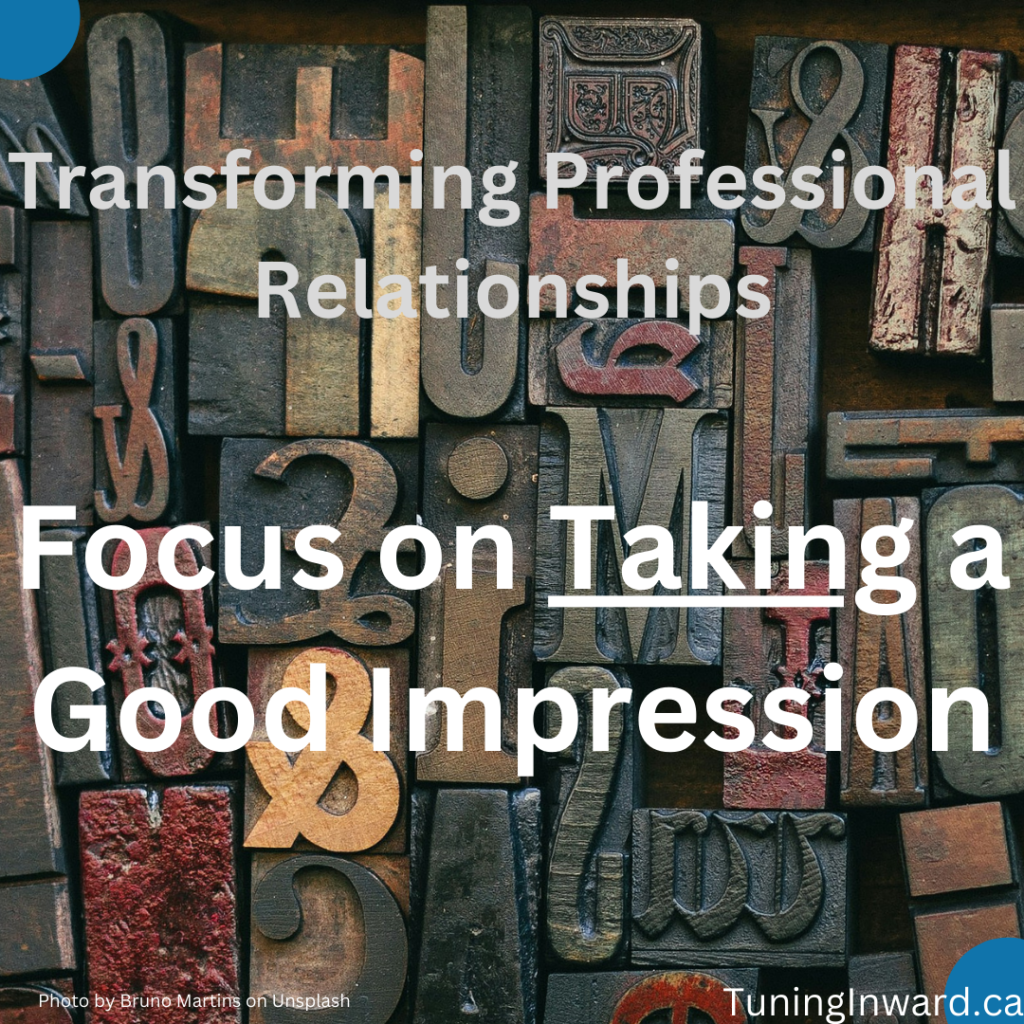Starting a new role, especially at a senior level, often comes with the pressure to add value quickly and “make a good impression”. We often obsess about how we present ourselves, how we can impress, produce immediately and be seen as a great addition to the team. But what if the secret to making a lasting positive impression isn’t about focusing on how we are perceived by others, but rather, about first truly understanding and absorbing what others need and expect, so that we can apply our skills and experience more effectively?
The Origin of “Making a Good Impression”
The phrase “make a good impression” originates from the world of printing. In the early days of printing presses, the quality of the printed material depended heavily on making a good impression of the type onto the paper. This meant pressing the inked type firmly and evenly so that the ink would soak in properly, creating a clear and lasting mark. A poor impression meant a blurred or uneven print, failing to convey the intended message.
In our professional lives, particularly at mid to senior levels, we often approach new roles and relationships with the mindset of that printing press, focusing on how we can stamp our image, skills, and personality onto the new environment or context. However, the true art lies not in how forcefully we make our mark, but in how well we are able to make a meaningful contribution in light of the context, which requires us to first take in the impressions around us.

Reframing Our Approach: Taking a Good Impression
How do we shift our perspective to taking a good impression? This means actively engaging with and understanding our colleagues, clients, and leaders. It involves listening, observing, and absorbing the culture, needs, and expectations of our new environment. This approach not only fosters deeper connections but also builds trust and lays the groundwork for long-term success.
Examples of how we can do this:
1. Prioritize Listening and Observation
Taking a good impression starts with listening more than you speak. Pay attention to the way people communicate, the values they express, and the goals they prioritize. Observe how your colleagues interact, the dynamics within teams, and the overall company culture. Take note of key phrases, recurring themes in meetings, and the informal ways people interact. This will help you understand the underlying currents of your new workplace.
2. Understand Needs and Expectations
Everyone has unique needs and expectations, from your immediate team members to your clients and upper management. By understanding these, you can tailor your approach to meet them effectively, demonstrating that you value and respect their perspectives. Schedule one-on-one meetings with your key colleagues and stakeholders. Use these meetings to ask open-ended questions about their challenges, goals, and expectations. This will give you important insights into how you can support and collaborate with them. When you make an effort to understand and share the feelings of your colleagues and clients, it creates a foundation of trust and mutual respect.
3. Adapt and Integrate
Being adaptable is crucial. This doesn’t mean losing your identity, but rather finding ways to align your strengths and skills with the needs of the organization. Flexibility and openness to feedback are key. Show that you are willing to adapt and integrate into the existing processes and culture, and make improvements from that base of understanding.
Conclusion
The traditional approach of making a good impression focuses on the outward expression of our best selves. However, by reframing our approach to taking a good impression, we shift the focus to understanding and integrating into our new environment so that our contributions are tailored and, thus, more meaningful to the context. This deeper connection not only helps us build trust but also naturally leads to making a good impression in a more meaningful and lasting way, as we can create stronger, more trusting connections that pave the way for long-term success.